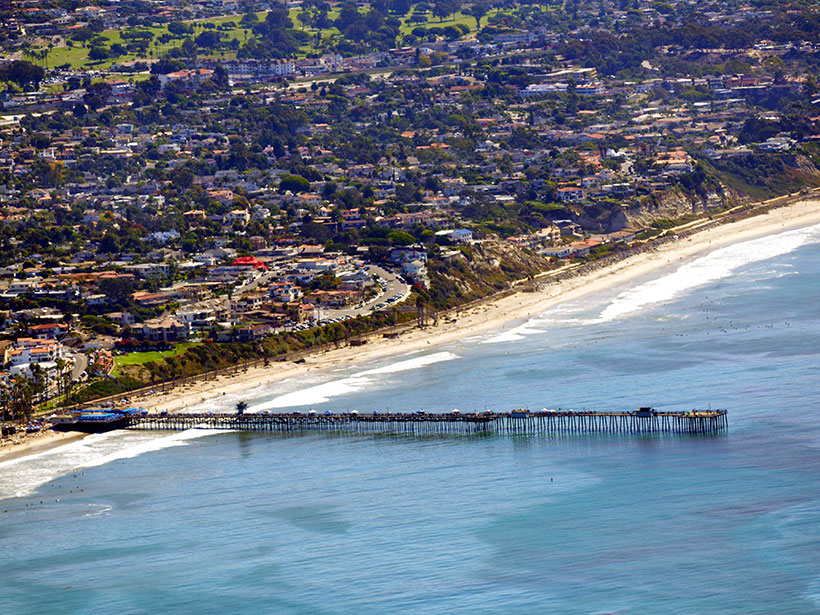Polarity reversals in the solar wind magnetic field disconnect the magnetic field trailing behind Venus, allowing ions from the atmosphere to escape.
CC BY-NC-ND 2016
Understanding Slow Slip and Tremor on Plate Boundaries
Chapman Conference on Slow Slip Phenomena; Ixtapa, Mexico, 21–25 February 2016
Making a Better Magnetic Map
A new version of the World Digital Magnetic Anomaly Map, released last summer, gives greater insight into the structure and history of Earth's crust and upper mantle.
Shift in Pacific Sea Level Trends Will Affect the West Coast
The first study on the shift toward higher sea levels in the eastern Pacific Ocean over the past 5 years indicates it will continue, leading to much higher seas on the western coasts of the Americas.
Measuring Progress Toward Sustainable Goals
Grouping targets that need to be hit into composite goals may help countries evaluate their progress toward sustainable development targets laid out by the United Nations.
Report Touts White House Science Impact
The Obama administration also announced a milestone for White House science adviser John Holdren, who on 18 June set a new record for longevity in the science advisory role.
Mineral Flaws Clarify How Diamonds Form
A study of nanoscale, iron- and sulfur-rich impurities in diamonds provides new clues to the chemical processes that produce the superhard crystals and at what depths they occur.
A (Dust) Devil of a Time—on Mars
New computer simulations of Martian dust devils could aid Red Planet weather forecasts.
Patches of Low Electron Density Help to Heat the Ionosphere
Simulations show how changes in electron density can trap electromagnetic waves and heat electrons in the ionosphere.
Stars and Swells Guide a Polynesian Canoe Around the World
Modern oceanographers and ancient navigators rely on similar waves to study the world's oceans.








